Tried These Drain Cleaning DIYs and Still Having Trouble?
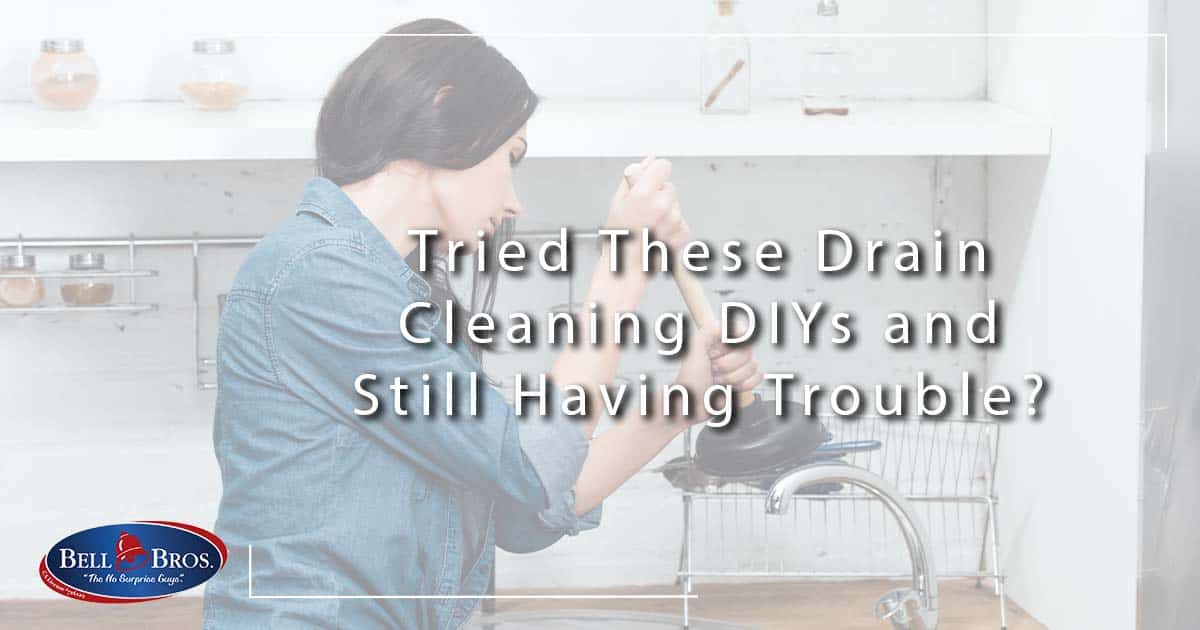
If the water is draining slowly from your kitchen or bathroom sink, you could have a clog developing. All kinds of debris can build up over time and create a more difficult clog in the future.
Usually, this is a simple DIY fix. Here are some drain cleaning DIYs that can unclog your sink and get it flowing like normal.
First, Why Your Sink May Not Be Draining
If the water in your sink pools and takes a while to drain, you have a slow drain. Numerous issues can cause a slow drain in a kitchen or bathroom sink, including grease, food particles, hair, soap scum, and larger debris. Over time, these substances can build up in the drain parts and create a full blockage.
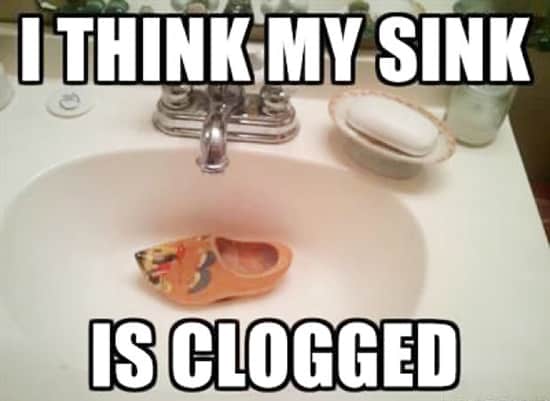
Use the Zip-It Tool
Clearing out the hair and debris in your drain will get it flowing again. One easy way to do that is with a Zip-it tool, which is inexpensive and widely available. It only takes a few minutes to catch hair and debris to pull it out, clearing your drain. This tool is thin and can be used in drains with or without pop-ups.
Take out the P and U Traps
If you look underneath your sink, you’ll see a U-shaped bend in your pipes. This is the P-trap, which is designed to maintain a small standing pool of water and prevent sewer gas from backing up into your home.
Here’s how to clear your traps:
- Start by turning off the water supply to the sink.
- Remove any items stored under the sink. Leave only a bucket underneath the pipes to catch any dirty water.
- The P-trap is often held in place by slip nuts at each end of the curved pipe. These may be plastic or chrome, depending on the age of your home.
- Twist the slip nuts counterclockwise with your fingers or a wrench. Once the slip nuts are loosened, you can lift the P-trap section of the pipe away.
- Use your gloved fingers and a stiff brush to push out the blockages.
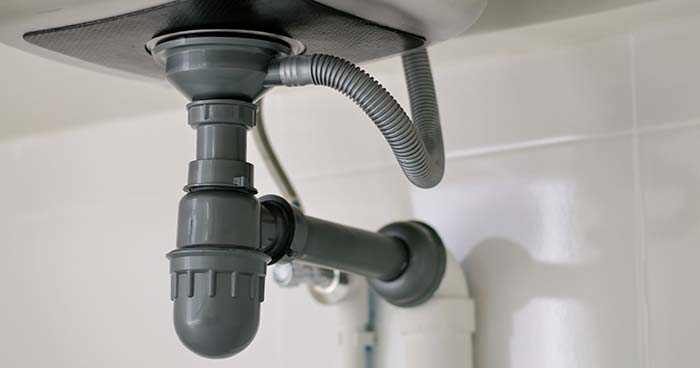
Use the Plunger
A plunger is a useful tool that you probably already have lying around. Most household plungers are intended for toilets, however, and you may need a smaller version for your kitchen or bathroom sink.
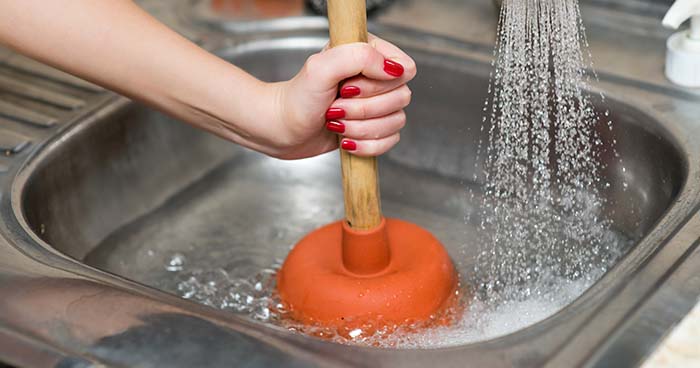
- Remove the sink hole cover or stopper. Most stoppers will pop out when you pull up on them and unscrew to the left. Once removed, put the stopper somewhere safe and out of the way.
- Add some water to the sink to cover the drain. You only need about an inch, so don’t fill the sink completely.
- Center the plunger over the drain firmly to create a strong seal. Then, pump the plunger up and down repeatedly.
- Remove the plunger to check on your progress. In most cases, you will have removed the clog and the water will drain quickly. You can also look inside the drain with a flashlight to see any debris.
- Test your drain. You may need to use the plunger a few more times to clear stubborn or thick clogs.
What Not to Use
Chemical Cleaners
For most homeowners, reaching for a chemical drain cleaner is the go-to solution for resolving a clogged sink. These caustic substances may be handy, but they’re damaging to the pipes.
Over time, the chemicals in drain cleaners can soften PVC pipes and may cause significant damage to older metal pipes. In addition, caustic solutions are hazardous to your health – chemical splashes can burn your skin and eyes.
Wire Hanger
Another common DIY solution is using an unbent wire coat hanger. Homeowners often assume that these are just like a drain snake and can dislodge a clog, but the reality is that most clogs occur much too far into the pipe for a coat hanger to reach.
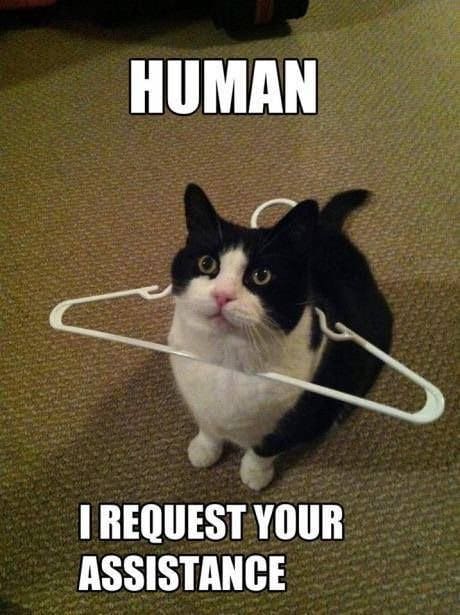
Time to Call the Professionals
Fixing a clog on your own is no easy task. Instead of struggling with DIY methods, call the professionals to finally get your drain running smoothly. Contact Bell Brothers to schedule your appointment!

